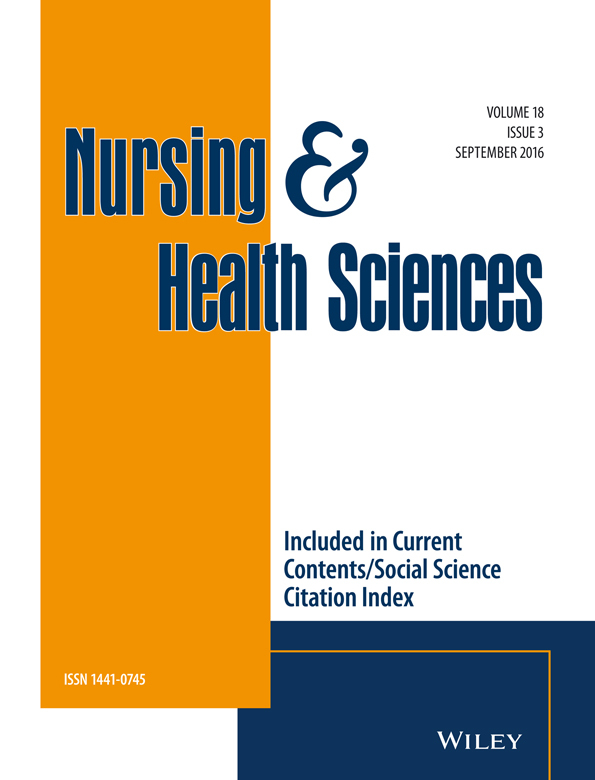Effect of simulation on knowledge, self-confidence, and skill performance in the USA: A quasi-experimental study
Abstract
In health care, high-fidelity simulation has been shown to result in increased student learning outcomes when compared to low-fidelity simulation. With educational facilities investing significant amounts of money into purchasing high-fidelity simulators, it is imperative to identify if the midlevel simulator, which is less costly, will result in the same learning outcomes. In this study, we examined the effect of midlevel-fidelity simulation versus low-fidelity simulation on Bachelor of Science in Nursing nursing students' knowledge, self-confidence, and skill performance. A quasi-experimental design examined the effects of midlevel-fidelity simulation (n = 37) versus low-fidelity simulation (case study) (n = 37) in junior-level nursing students. There was a significant difference for both groups in knowledge and skill performance (measured with a mini Objective Structured Clinical Examination), but not between the groups. Unexpectedly, the case-study group had a higher level of self-confidence (self-reported). The results of this study indicate that further research is needed to support faculties' selection of learning strategies with the lowest cost and highest effectiveness in achieving the desired learning outcomes.




